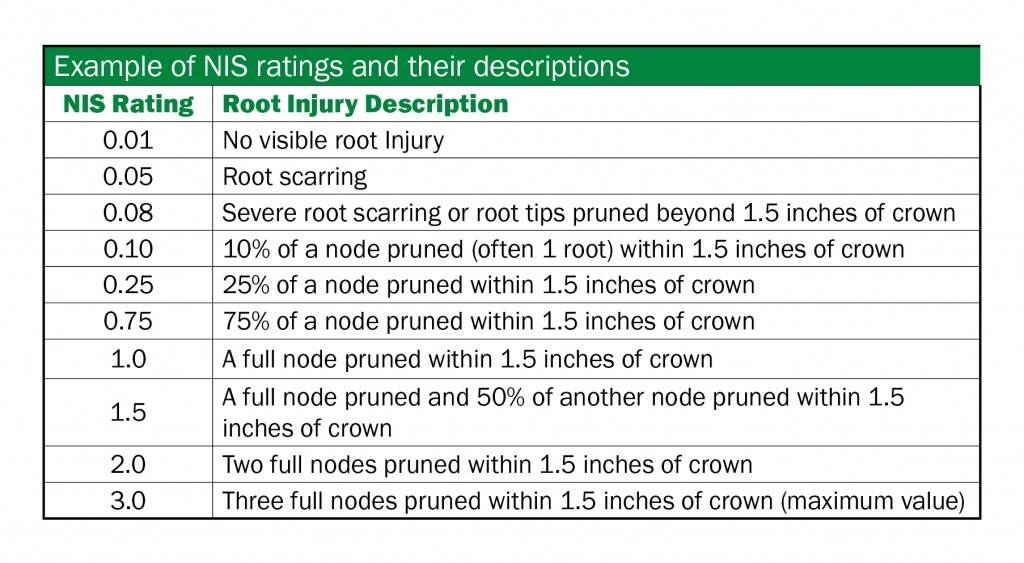Walking corn fields is not always enough. Sometimes you just have to do a little digging to discover the root of a problem in your corn field. Conducting root digs may sound like a lot of work, but the results are totally worth the effort.
Quick tips for conducting a root dig:
- While digging roots, note:
- Insect pressure, in particular rootworm beetle feeding.
- Disease pressure, paying special attention to the leaves above ear leaf.
- Runt plants and uneven emergence.
- Make note of root structure after you wash off roots; notice any compacted zones and if there was any sidewall compaction during planting.
- Look at plant spacing.
- You can’t always see feeding unless you actually wash off the roots. Look for bottle brushing and signs of root regrowth. Look for scarring and nodes that have been chewed. To use the interactive node-injury scale, click here.
- Rootworms can have “hot pockets” in the field, so the more locations from which you dig samples, the better.
While you’re walking through fields, take a close look at leaves and ears for signs of disease. Also be on the lookout for insects like western corn rootworm beetles and Japanese beetles. Under the ground, look for signs of sidewall compaction and hard pans.
http://youtu.be/-5xVFhsGRrA

